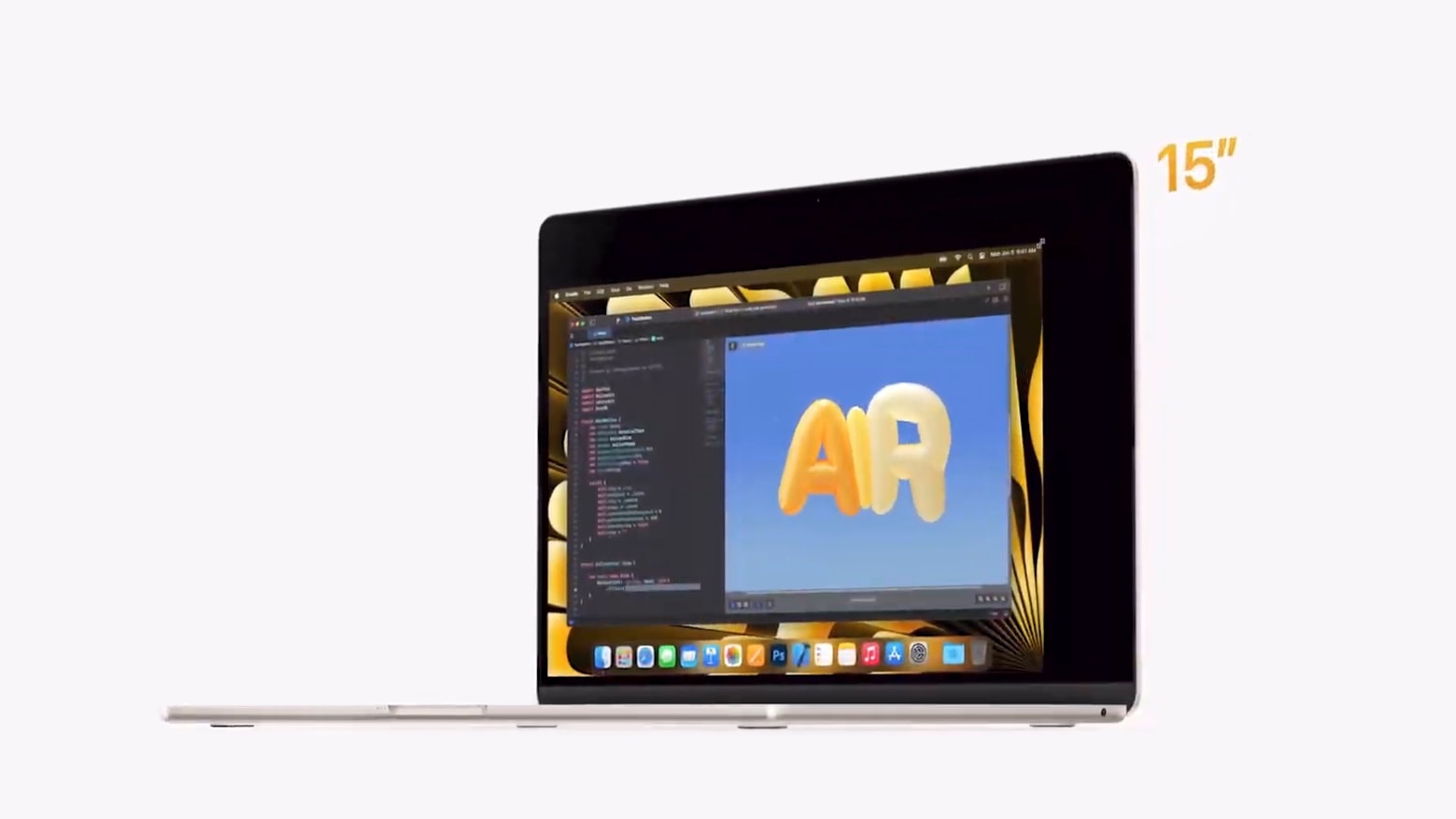
The fat bears are back in town.
These wild Alaskan omnivores lost up to a third of their body weight over the long Alaskan winter, and they’re looking to replenish themselves. Each summer, brown bears return to the Brooks River in Katmai National Park and Preserve(opens in a new tab) — a park so remote visitors arrive by floatplane — to feast on 4,500-calorie salmon. Katmai recognizes the success of the persevering animals by hosting an annual Fat Bear Week contest each October. The winners are always impressive.
Most of us can’t make the journey to see the bears this summer. But we can watch the wilderness soap opera unfold. Cameras, aka “bear cams,” operated by the wildlife livestreaming organization explore.org(opens in a new tab) have been set up along the famous river, allowing viewers to tune into the fascinating ursine world. The bears fish, vie for dominance, mate, teach their cubs how to survive, and beyond.
All you have to do is tune into the bear cams on explore.org(opens in a new tab).
“Cancel your plans, this is more important,” explore.org tweeted.
Park rangers saw something unprecedented in this year’s fat bears
Watching the fat bears
You’ll likely see some bears on the cams in June. But bear activity usually ramps up in early July, when salmon begin migrating up the river. Here’s what to expect when tuning into the bear cams, which are beamed from a remote, mostly roadless part of Alaska, to people globally:
-
July: The salmon run up the Brooks River kicks off in early July, and the bears start to congregate at the river to devour fat, 4,500-calorie sockeye salmon. It’s an exciting, phenomenal scene.
-
August: Often the Brooks River and bear cams quiet down in August, as the bears leave to capitalize on other fishing opportunities (the Brooks River salmon run can dwindle by late July). But this isn’t always the case: During the big salmon run years of late, many bears still stick around, even in August.
-
September: The bears, now often filled-out and rotund, return to the Brooks River (and the bear cams) in great numbers to feast on dead and dying salmon. The winter looms large.
-
October: The bears continue to eat and start to hibernate. The park holds its annual Fat Bear Week contest, which celebrates the wildness and success of the impressively fat bears.
-
November: The callous Alaskan winter sets in, and the bears hibernate until early spring. The solar-powered bear cams, running low on sunlight, stop transmitting.

In 2021, Otis’ summer transformation was stunning.
Credit: NPS / N. Boak / C. Spencer
This bear-viewing season, like all seasons, promises some intriguing plot lines:
-
Will legendary Otis (bear 480), an aging bear who has become a fan favorite for his success and tranquil demeanor, return for another season of fishing?
-
Which cubs will survive the long, harsh hibernation, and again appear at the Brooks River?
-
Which bears will establish themselves as most dominant in the river (thus earning the best fishing spots)?
-
Who will be crowned 2023’s fattest bear? Last year’s winner, the colossal 747, promises to be a strong competitor.
Want more science and tech news delivered straight to your inbox? Sign up for Mashable’s Light Speed newsletter today.
We’ll be watching. Will you?






